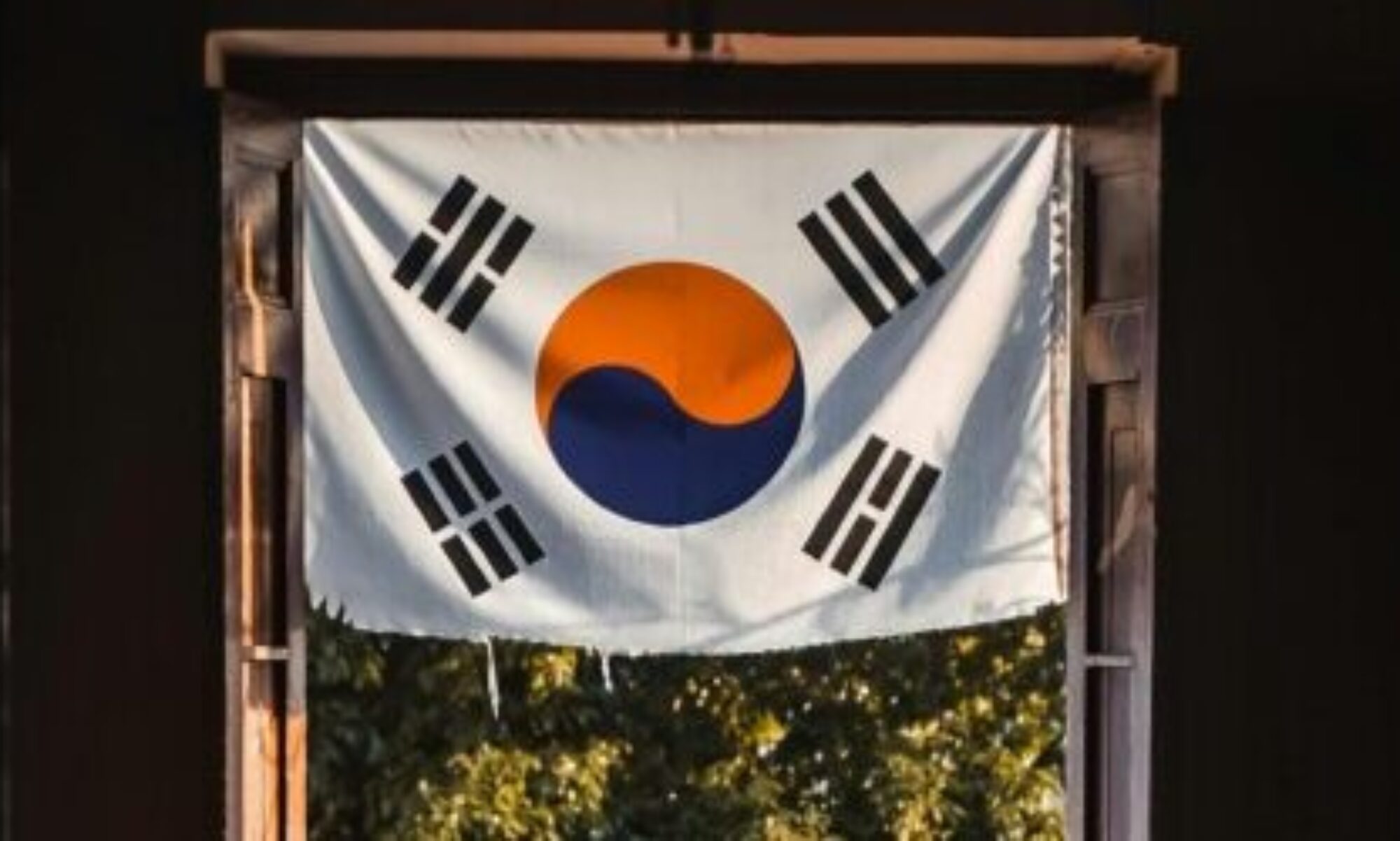Mosi has been integral to Korean culture for centuries, particularly in regions like Hansan, renowned for its high-quality mosi production. The traditional methods of mosi production are considered a cultural heritage, recognized as a UNESCO World Heritage Site, and protected to maintain the authenticity and quality of the fabric (Unesco – weaving of Mosi (fine ramie) in the Hansan Region, 2023). Trade policies facilitate the export of mosi by reducing tariffs and providing tax incentives to exporters. These measures aim to boost international sales and recognition of mosi as a premium fabric. South Korea’s Free Trade Agreements (FTAs) with various countries enhance the market accessibility for mosi, making it easier to export without excessive tariffs (South Korea – trade agreements, 2023). Export practices involve stringent quality control to ensure that the mosi fabric meets international standards and retains its traditional qualities under the Korean Agency Technology and Standards (KATS) and Korean Standards Association (KSA) (Textile and Apparel Market Report – South Korea, 2024). These tests and standards ensure that mosi maintains its status as a high-quality, culturally significant fabric on the global stage. By leveraging trade agreements and rigorous quality control measures, South Korea successfully promotes mosi, preserving its heritage while expanding its market presence internationally.
South Korea has a range of importing policies designed to regulate and facilitate international trade. Importing goods to South Korea under the KORUS FTA ensures compliance with the guidelines outlined by the U.S. Customs and Border Protection (CBP). Key steps include making sure the product is eligible for preferential tariff treatment, maintaining proper documentation to support the claim of origin, and understanding the specific rules of origin requirements (Korus implementation instructions, 2024). Under the United States-Korea Free Trade Agreement (KORUS), many U.S. exports, including textiles, apparel, footwear, and travel goods, can enter South Korea duty-free. This agreement significantly reduces the cost of importing these products into the Korean market (South Korea – import requirements and Documentation, 2023). Importing textiles and leather goods into South Korea must have the KC mark, indicating they meet South Korea’s safety and quality standards. The Korean Agency for Technology and Standards (KATS) and the Korean Standards Association (KSA) manage these certifications (South Korea This guide provides you with valuable economic insights about South Korea and its import process. 2023). These measures collectively ensure that imported goods meet South Korea’s stringent safety and quality standards, promoting consumer safety and compliance with international trade norms. Understanding and adhering to these regulations is crucial for successful market entry and sustainability in the competitive South Korean market.



